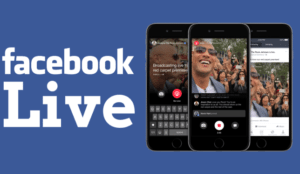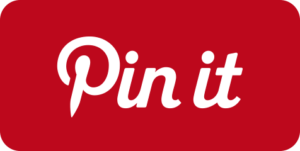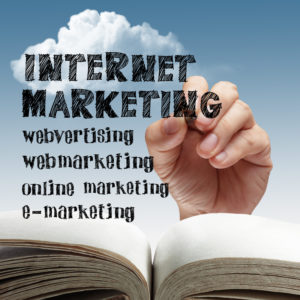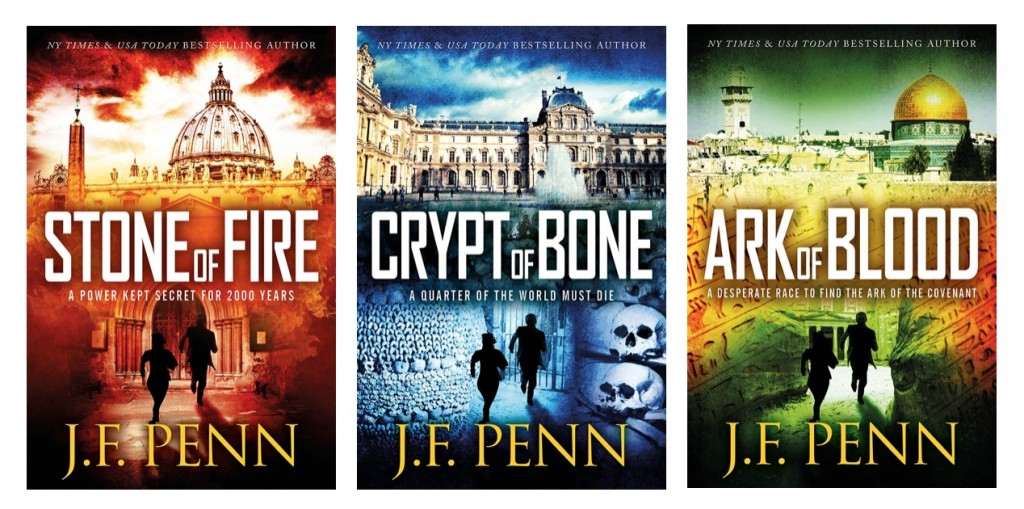This post by Kimberley Grabas originally appeared on Your Writer Platform on 10/8/14.
Sure is quiet out there.
I mean seriously, with a gabillion people online these days, wouldn’t a few even accidentally stumble across your website?
Isn’t it statistically impossible (or at least, improbable) that you should have so little traffic to this darn blog that you’ve spent hours coaxing into existence, one precious post at a time?
What? Offline rejection isn’t enough, now writers have to be rebuffed online, too?

Don’t be discouraged, dear writer, help is on the way!
Building traffic can take time. It’s not always easy to find the people who are interested in your topic and receptive to your point of view, your voice and your style.
Plus, you also need to consider the “share-potential” of your audience. Do your readers have large followings on social networks like Twitter and Facebook? Or better, do they have their own blogs or websites?
Or does your audience (or potential audience) have small networks of the usual suspects: friends, family and a few peers?
Be careful when comparing your growth with the internet gurus. If your target audience isn’t bloggers, businesses or online entrepreneurs, the share-potential of your readers will be much lower – and your growth, therefore, may be much slower.
Consider changing your goal from quickly growing your traffic, to focusing on ensuring that the traffic you are attracting is right for your author blog. You want the traffic you funnel to your site to be targeted, invested and closely aligned with your way of thinking.
And the results you seek – increased book sales, a supportive community, authority and influence in your genre or niche – are not *necessarily* linked to high traffic numbers.
To achieve those results, you must remember that it’s not traffic or “the numbers” that are most important, but building relationships with people that value what you have to say and how you say it. (Although highly targeted traffic + big numbers = the holy grail  )
)
The more targeted the traffic you draw to your site, the better your chances of turning visitors into fans.
I Know You Want it, But Are You Ready for a Surge in Traffic?
Attracting the right people to your author website is important, but a key ingredient in exponential traffic growth is retaining as many of those readers as possible.
If you don’t stop the leaks, you end up spending a lot more time and resources than you need to.
Therefore there are two components to “getting more traffic”: ready your website and social media outposts to receive visitors AND draw the “right” people to your site. (Tweet this idea!)
You’ll need to focus on both to begin seeing an increase in traffic and to start growing your fan base.
Click here to read the full post, which is very lengthy and includes MANY specific tips and strategies, on Your Author Platform.
 Almost every single Indie author that I know is on Facebook. Most of us spend time trying to sell our books to our friends, and many authors I know still insist on spending time copying and pasting a generic post to 20 or 30 Facebook groups and hoping that it will get them sales. STOP. There is a better way.
Almost every single Indie author that I know is on Facebook. Most of us spend time trying to sell our books to our friends, and many authors I know still insist on spending time copying and pasting a generic post to 20 or 30 Facebook groups and hoping that it will get them sales. STOP. There is a better way.
 By
By  Branding
Branding